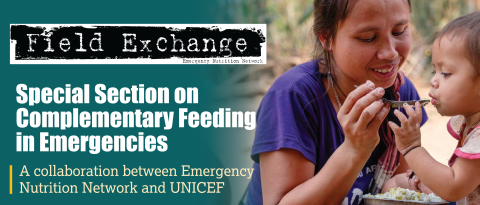Child stunting starts in utero: Growth trajectories and determinants in Ugandan infants
This is a summary of the following paper: Namirembe G, Ghosh S, Ausman L et al (2022) Child stunting starts in utero: Growth trajectories and determinants in Ugandan infants. Maternal & Child Nutrition, 18, 3. https://pubmed.ncbi.nlm.nih.gov/35488408/
The prevalence of stunting remains a global public health problem – particularly in Africa. In Uganda, the prevalence of stunting among preschool children was estimated to be almost 28% in 2020. Understanding the risk factors for stunting is critical to address this challenge. However, most evidence generated to date has been observational in nature and thus, patterns over time or within group variations cannot be fully examined.
In this study, longitudinal data from the Uganda Birth Cohort Study (n = 4,528) was used to understand the relationship between pre- and post-natal risk factors and observed patterns of growth across different groups of children. The authors argued that the rates of growth and the impacts of associated risk factors are not homogenous at each time point when a young child is measured. Group-based trajectory modelling was used to explore this hypothesis to understand why some children recovered from stunting while others remained stunted in their first year of life.
Multinomial regression modelling was conducted to understand the relationship between the risk factors and the observed patterns across the groups. The risk factors that were explored included maternal education, height, age, distance to a water source, food insecurity, exclusive breastfeeding and a child’s diet diversity, preterm birth (gestational age <37 weeks), and birth weight. Sub-analysis also assessed the effects of human immunodeficiency virus (HIV) status, maternal aflatoxin exposure, maternal iron, and maternal vitamin A status.
The study found that the onset of stunting occurred before birth and followed four distinct growth patterns: chronically stunted infants who were born stunted and remained stunted at 12 months of age (Group 1), recovery infants who were born stunted but recovered by the fourth month (Group 2), borderline stunted children who were mildly stunted and remained so (Group 3), and normal children who showed no signs of stunting throughout the first year of life (Group 4). The proportion of children in Groups 1, 2, 3 and 4 was 18%, 10%, 51% and 21%, respectively. The risk factors that increased the likelihood of being in Group 1 or 2 included: increased household distance to a water source, being from a poor household, and being preterm at birth. Increased maternal education and height were protective against being in Group 1 or 2. In all groups, the coexistence of underweight and wasting was observed, with 18% of all the children sampled facing a triple burden (stunting, wasting, and underweight). Compared to other groups, coexistence with underweight was more pronounced in Group 1 with wasting prevalence increasing gradually over time.
Based on these findings, the authors suggest that while all children are responsive to nutrition interventions, a policy and programme focus should be on prioritising those interventions that consider a variety of possible growth trajectories, requiring more nuanced attention to actual rather than assumed mortality risks associated with diverse patterns of malnutrition. Maternal nutrition interventions also remain an important tool in preventing infant malnutrition and programming for adequate growth in utero and beyond.


